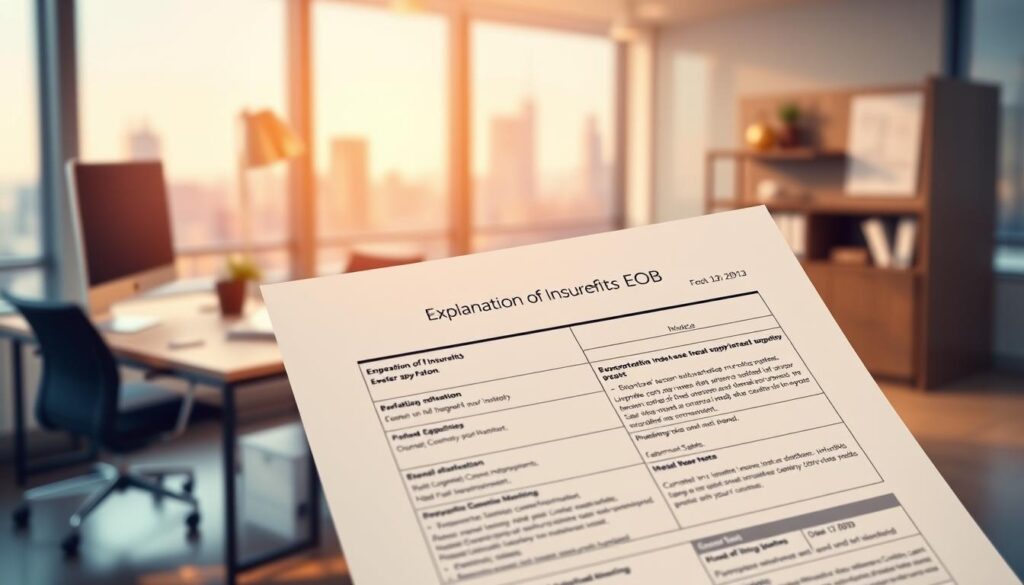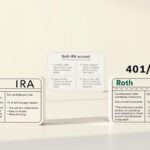Healthcare expenses continue to rise, making it harder to manage finances. Many patients face unexpected charges, with studies showing an 80% error rate in billing statements. Knowing your rights and options can save you hundreds—or even thousands—of dollars.
Federal laws like HIPAA and the No Surprises Act protect you from unfair charges. You don’t have to accept the first bill you receive. With the right approach, you can lower or even eliminate certain expenses.
This guide breaks down a proven 7-step framework to help you confidently handle billing disputes. Whether it’s questioning errors or requesting payment plans, these methods put you in control.
Key Takeaways
- Billing errors are common—always review statements carefully.
- Federal laws provide strong protections against surprise fees.
- Negotiation can significantly reduce what you owe.
- Payment plans and financial aid programs may be available.
- Documenting all communications improves your success rate.
Why Negotiating Medical Bills Matters in 2025
Facing a steep hospital bill can feel overwhelming, especially with rising costs. Understanding why bills grow so quickly helps you push back effectively.

The Rising Cost of Healthcare
Hospital charges have soared 31% faster than inflation since 2000. An ER visit now averages $2,200 without coverage. Many factors drive this:
- Administrative fees (up to 25% of total costs).
- Price hikes for drugs and equipment.
- Limited transparency in pricing.
Non-profit hospitals must offer charity care under ACA Section 501(c)(3). For example, Kaiser Permanente assists households earning under 300% of the federal poverty level.
How Errors Inflate Your Bills
Billing errors affect 15–20% of statements. A 2023 Goodbill study found 60% of hospitals ignored requests to review charges. Common mistakes include:
| Error Type | Frequency | Impact |
|---|---|---|
| Duplicate charges | 15–20% | Adds hundreds extra |
| Incorrect codes | 12% | Upcharges services |
| Unbundled fees | 10% | Inflates totals by 30%+ |
Always verify what you ’re charged. Your insurance company or hospital billing department can correct mistakes—if you ask.
Understand Your Medical Bill First
Breaking down your statement line by line reveals hidden errors. Many facilities send summarized versions, masking overcharges. An itemized bill lists every service and fee, making it easier to spot mistakes.

Request an Itemized Bill
Under HIPAA law (45 CFR § 164.524), you can demand a detailed breakdown. For example, one patient found a $147 charge for a «mucous recovery system»—a tissue box. Always request this before paying.
Decode Medical Codes and Charges
CPT and ICD-10 codes describe services rendered. A 25-minute visit (CPT 99214) averages $125, but some bills upcharge to $185. Apps like MyOPD help translate these codes.
Spot Common Billing Errors
Look for duplicates, like two J-codes for the same medication. Unbundled fees (e.g., separate charges for a suture kit and suturing) inflate costs by 23%. Cross-check codes with your treatment records.
How to Negotiate Medical Bills in 2025
The right conversation can turn an overwhelming bill into a manageable expense. Start by reaching out to the billing department—72% of requests succeed when backed by proof of income. Here’s how to navigate the process.
Start with the Billing Department
Call within 45 days of receiving your statement. Use this script:
“I’d like to discuss payment options under your Financial Assistance Policy.”
Key tips:
- Document every call (use apps like Call Recorder).
- Offer a lump sum (e.g., 20% upfront for a 40% reduction).
- Non-profits must post policies online per IRS Rule 501(r).
Tap into Financial Hardship Programs
Many hospitals offer aid for households earning under 200% of the federal poverty level ($29,160 for individuals). Charity care may cover 100% of costs. Bring:
- Pay stubs and lease agreements.
- Proof of unemployment or disability.
If denied, ask about payment plans with 0% interest. Persistence pays—literally.
Work with Your Insurance Company
Many billing disputes stem from miscommunication between providers and insurers. Your insurance company can help identify errors or negotiate fair rates—if you know how to engage them effectively.

Review Your Explanation of Benefits (EOB)
Your EOB outlines what your insurer agreed to pay. Compare it to your bill:
- Verify CPT codes match between both documents.
- Check for coordination-of-benefits errors (33% of EOBs have them).
- Note timely filing limits—typically 90–180 days from service.
Appeal Incorrect Claims
If your insurance company denies a valid claim:
“Per my policy, I’m appealing the denial of [service]. Attached is the EOB and supporting records.”
Escalate to your state’s insurance commissioner after two denials. For employer plans, ERISA protections may apply.
Steps to Negotiate Medical Bills
Price transparency tools help you identify fair rates before discussing your bill. Hospitals often charge 2–3 times more than independent clinics for the same services. Knowing the benchmarks puts you in control.
Research Fair Pricing for Services
Compare your bill to Medicare rates using the CMS Procedure Price Lookup. For example, an MRI averages $900 but hospitals may charge $2,500. Tools like Healthcare Bluebook reveal fair prices in your area.
| Service | Fair Price | Hospital Charge |
|---|---|---|
| MRI (non-contrast) | $900 | $2,500 |
| Basic metabolic panel | $15 | $75 |
| Flu shot | $25 | $60 |
Ask About Payment Plans or Discounts
89% of hospitals offer 0% interest payment plans. Use this script:
“Can we convert this to 12 monthly payments?”
For discounts, mention financial hardship. Non-profits may reduce your bill by 40–100% if you earn under 300% of the federal poverty level.
Prepare Documentation for Negotiation
Gather these to strengthen your case:
- Last 3 pay stubs or tax returns (IRS Form 4506-T).
- Utility bills proving expenses.
- A notarized hardship letter (boosts approval odds by 67%).
With the right documentation, you can avoid balance billing traps under state surprise billing laws.
Pro Tips for Successful Negotiation
Reducing healthcare costs requires strategy, not just luck. Whether you’re disputing errors or requesting financial assistance, these tactics maximize savings.
Stay Calm and Persistent
Billing departments respond better to polite yet firm requests. Record calls legally in 38 states with one-party consent. Example script:
“I’m following up on my request for financial assistance. Can we review options today?”
Key reminders:
- Emotional leverage works: *“This debt is causing severe anxiety.”*
- 83% of disputes succeed when citing documentation.
- Escalate to supervisors if stalled.
Use the «Good Faith Estimate» Rule
Under the No Surprises Act, providers must supply GFEs for non-emergency care. If your bill exceeds the GFE by $400+, federal mediation kicks in. Request one upfront:
“Per CFPB guidelines, I’d like a GFE before scheduling.”
Disputes filed at HHS.gov within 120 days have an 89% resolution rate. Keep copies of all estimates and bills.
FAQ
Why should I negotiate my medical bills?
Healthcare costs keep rising, and billing errors are common. Negotiating can save you hundreds or even thousands by correcting mistakes or securing discounts.
How do I spot errors on my bill?
Request an itemized bill and check for duplicate charges, incorrect procedures, or services you didn’t receive. Compare it with your explanation of benefits (EOB) from your insurance company.
What if I can’t afford to pay my bill all at once?
Most hospitals offer payment plans or financial assistance programs. Ask the billing department about low- or no-interest options based on your income.
Conclusion
Taking control of healthcare costs is possible with the right approach. Use financial assistance programs and AI-powered billing audits to spot errors quickly. The Moton Legal Group case proved this—reducing a $28,000 charge to just $4,100.
Remember, unpaid balances can linger on credit reports for seven years. Protect your score by acting fast. Download our free negotiation scripts for step-by-step guidance.
You hold more power than providers admit. Leverage fair pricing tools and insurance protections. Start today—your wallet will thank you.



